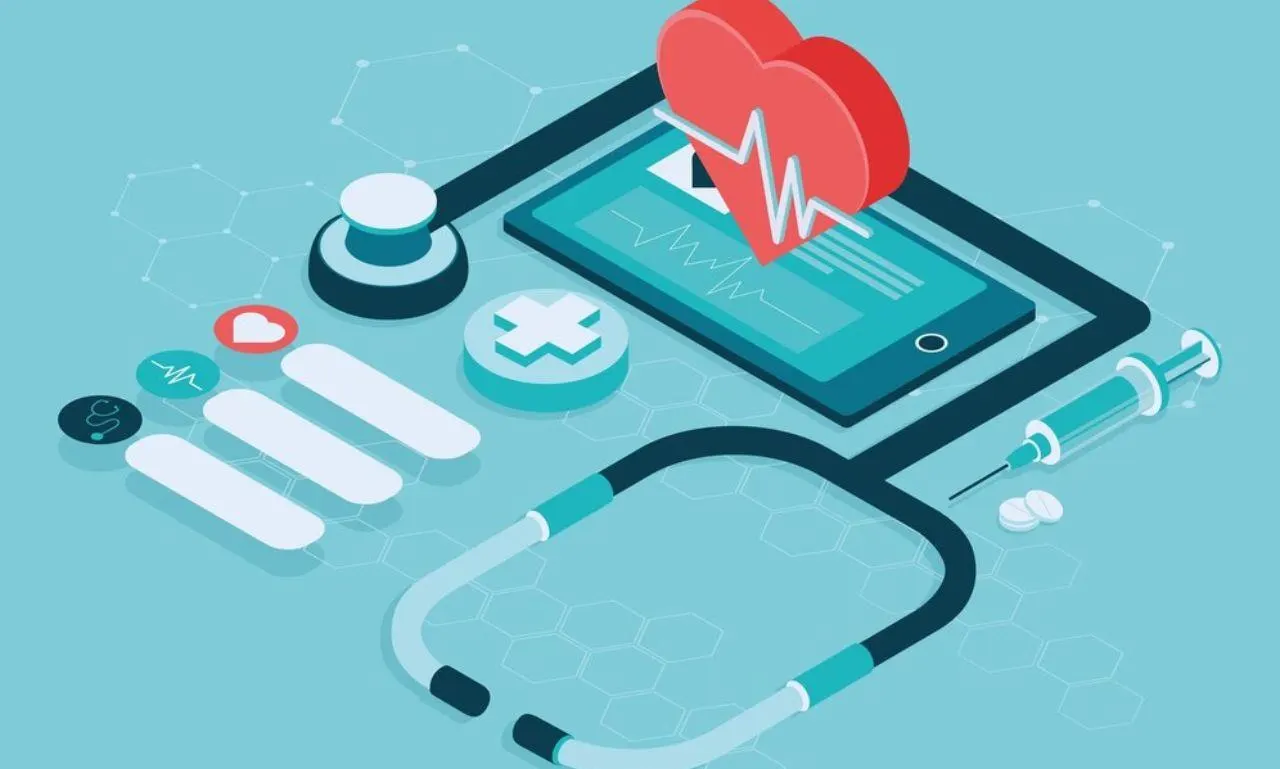
Any errors in medical translation can lead to grave repercussions and harm people’s health or even cause deaths in some situations. Medical translation services cover everything from the patients treatment plans translations to the translation of medication labels and equipment. To help millions of individuals suffering from various conditions, it is crucial to make healthcare accessible to everyone, and translation indeed plays a vital role in it. In this article, we’ll discuss the challenges faced by linguists while translating medical device technical documents.
Technical Terminologies
The medical terminologies are usually not understood by laymen. Developing any new device and its launch in different markets involves extensive research in medical science and engineering. Moreover, sales and marketing content localization is also required for commercialization.
If any client came to you for the review of translated documents of medical devices like glucometers, and the translation referred to heart disease, even a minor mistake can change the entire meaning of the document that also confuses the healthcare authorities and delay the approval process, leading to late device launches in foreign markets.
Along with the technological terminologies, the name of the device holds significant importance. Here the important thing to note is that the name that works in one market cannot be perceived in the same way in another market. To solve this problem, you should hire a professional translation agency for medical device translation services that can also conduct testing and give more suitable name recommendations.
Compliance Rules
Do you know that compliance rules for medical devices are always evolving? The European Union has adopted new rules known as MDR since 2017. Medical device manufacturers were bound to follow these rules till May 26, 2024.
The foremost change in the rules is about effective communication and translation. A Declaration of Conformity is required to prove that device manufacturers are abiding by the rules. To sell your device in foreign markets, you need to translate the document in the languages that foreign markets speak. If you are not able to translate the document, then you will not get approval to launch the device. To avoid these problems, you should find a reliable medical translation agency to adapt the interface and language of medical devices for each market. You should not go for machine translation as there are high chances of errors, that’s why for critical medical device translation expert human translation is recommended.
Uniformity
If different departments in a company use different translators and agencies without a clear plan, it can lead to errors and inconsistencies in medical device development. To avoid these issues, it is recommended to partner with a reliable translation company and create a comprehensive plan that covers the entire product lifecycle, from research to commercialization.
This plan should ensure consistency in language, terminology, branding, and other essential elements to maintain patient safety and avoid potential risks. By implementing such a strategy, medical device companies can effectively manage their translation needs and ensure the quality of their products throughout the development process.
Cultural Sensitivity
When translating medical device content, it is important to consider the cultural intricacies of the target market. By relating the documentation and labeling to local customs, practices, and language preferences, you can enhance the user experience and minimize misunderstandings.
This culturally sensitive approach fosters trust and effective communication. Moreover, it is critical in the medical device industry, where accuracy and precision hold great importance.
Device Software and User Interfaces
Modern medical devices often include software components and user interfaces that require translation. Translators must be familiar with software localization, user experience (UX), and the ability to translate text within technical constraints such as character limits or space on display screens.
Moreover, medical devices often undergo updates, either due to software revisions, regulatory changes, or new features. Each update requires the associated documentation and user interfaces to be retranslated and verified to ensure continued compliance and usability. This never-ending translation process is a great challenge in medical device translation.
Patient Safety
Medical device translation ensures patient safety. Preventing misinterpretation and potential injury must require accurate communication of directions, dosage information, cautions, and contraindications.
To ensure that safety-related content is translated accurately and effectively, translators must have a thorough awareness of medical terminology, legal requirements, and cultural quirks. Translators can make a substantial global contribution to the safe and efficient use of medical equipment by placing a high priority on patient safety.
Post-market Monitoring
Once a medical device is on the market, manufacturers must often monitor its performance and gather user feedback. This requires translating feedback from multiple languages into a form that the company can analyze, as well as translating any updates or safety notices that are sent back to users in different regions.
Wrapping Up
The purpose of medical devices is to diagnose the ailments of the patients. The translation of the medical device is important both for the manufacturers and the users. By overcoming the challenges of medical device translation, the manufacturers can launch the device successfully in foreign markets, whereas health practitioners can use it optimally for diagnosing and saving the lives of people.

Jessi is the creative mind behind The Coffee Mom, a popular blog that combines parenting advice, travel tips, and a love for all things Disney. As a trusted Disney influencer and passionate storyteller, Jessi’s authentic insights and relatable content resonate with readers worldwide.
